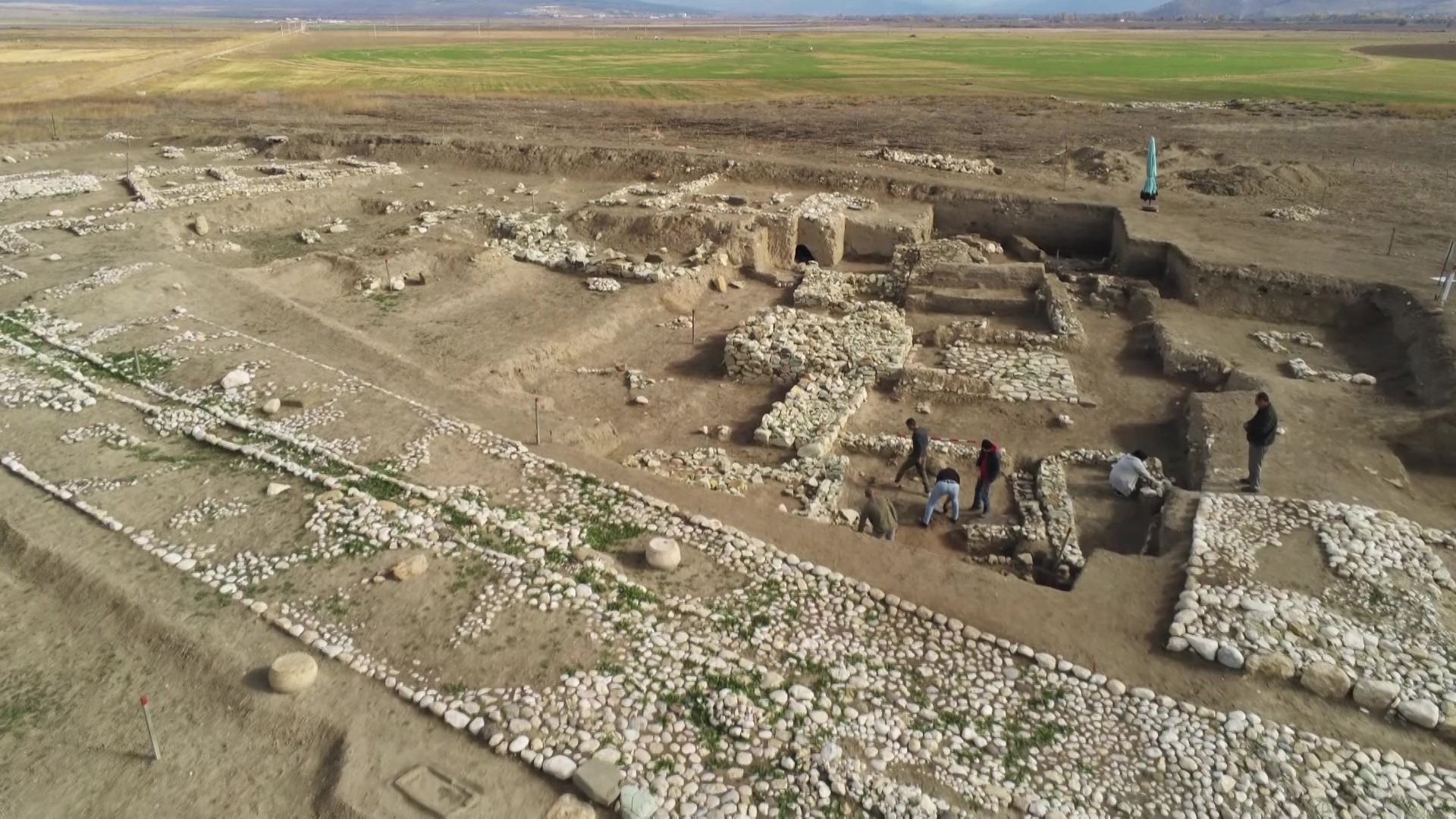
Amasya’s Oluz Hoyuk excavation site has unveiled fascinating findings that shed light on ancient construction practices. The mysterious light green stones, predominantly used in the construction of historic temples, are now under scientific investigation.
These stones, identified as fine-grained volcanic tuff, have been traced to an ancient quarry in Dogantepe village, approximately 10 kilometers from the excavation site. Researchers are collecting samples from both the site and the quarry for laboratory analysis.
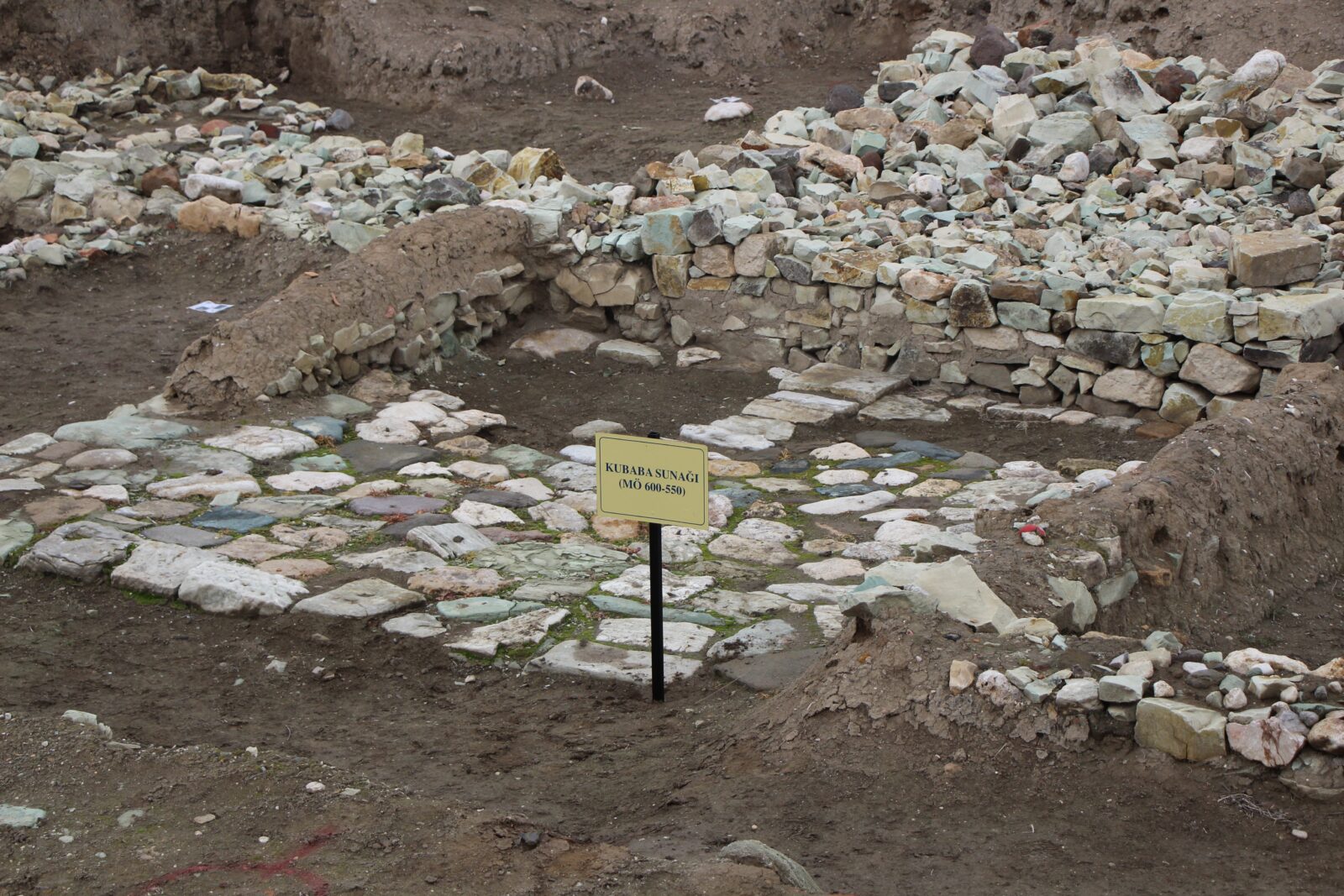
Professor Sevket Donmez, the excavation lead and head of the Turkish-Islamic Archaeology Department at Istanbul University, emphasized the significance of the discovery.
“In the 18 years of excavations, we’ve uncovered the Kubaba sacred area, which dates back 2,600 years. The walls of its three altars are composed of 90% fine-grained volcanic tuff,” he explained.
He highlighted the practical and aesthetic advantages of the stones: “These stones were preferred due to their lightweight and ease of processing. Their unique greenish hue also complements the landscape. We now understand that these sacred structures were deliberately built with this specific material.”
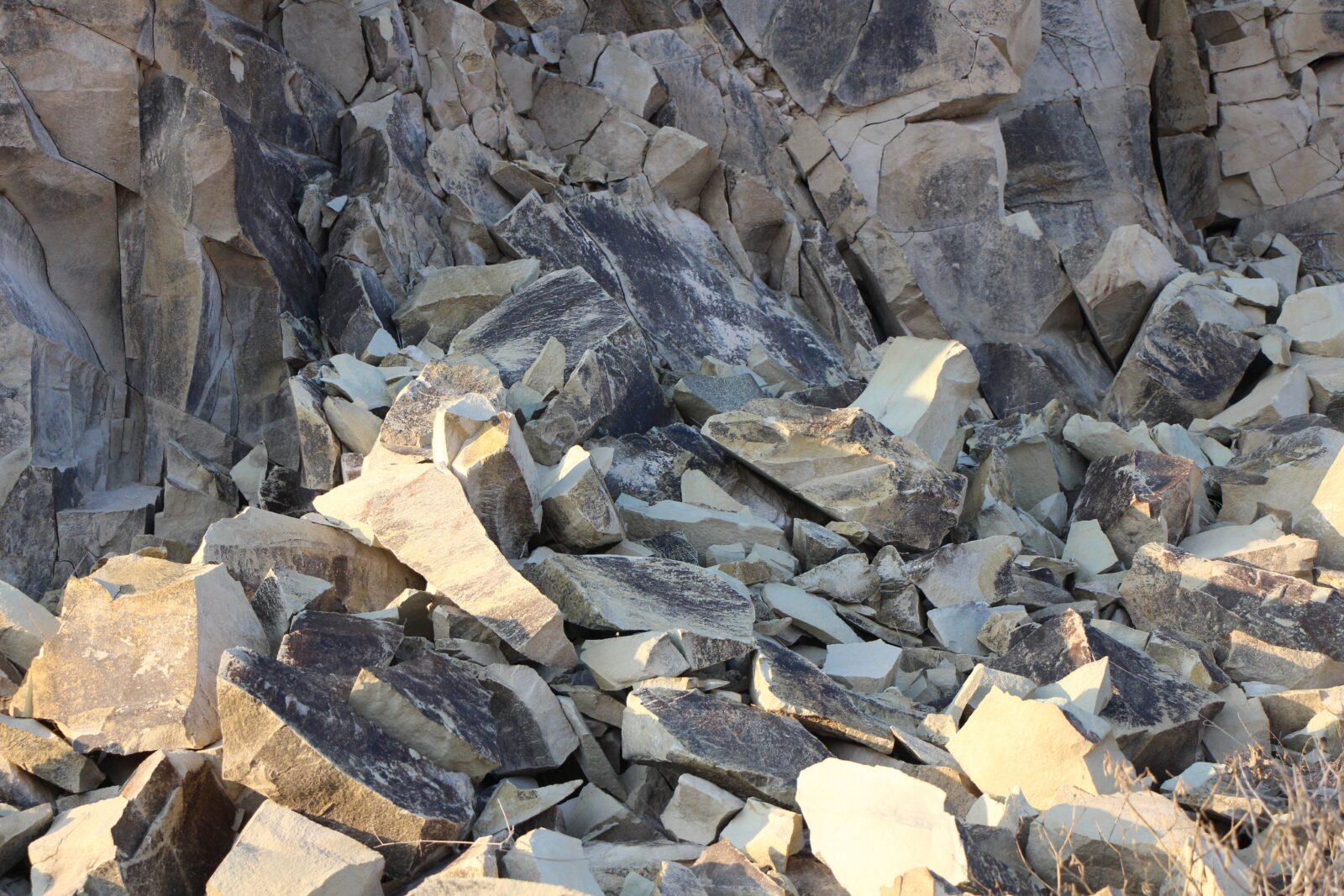
Professor Ali Gurel from Nigde Omer Halisdemir University, through geoarchaeological studies, identified Dogantepe’s quarry as the source of these stones.
“The same stones used in Oluz Hoyuk have also been found in house foundations long after the settlement was abandoned. This reveals the discovery of an ancient quarry that has remained in use from antiquity to modern times,” Donmez added.
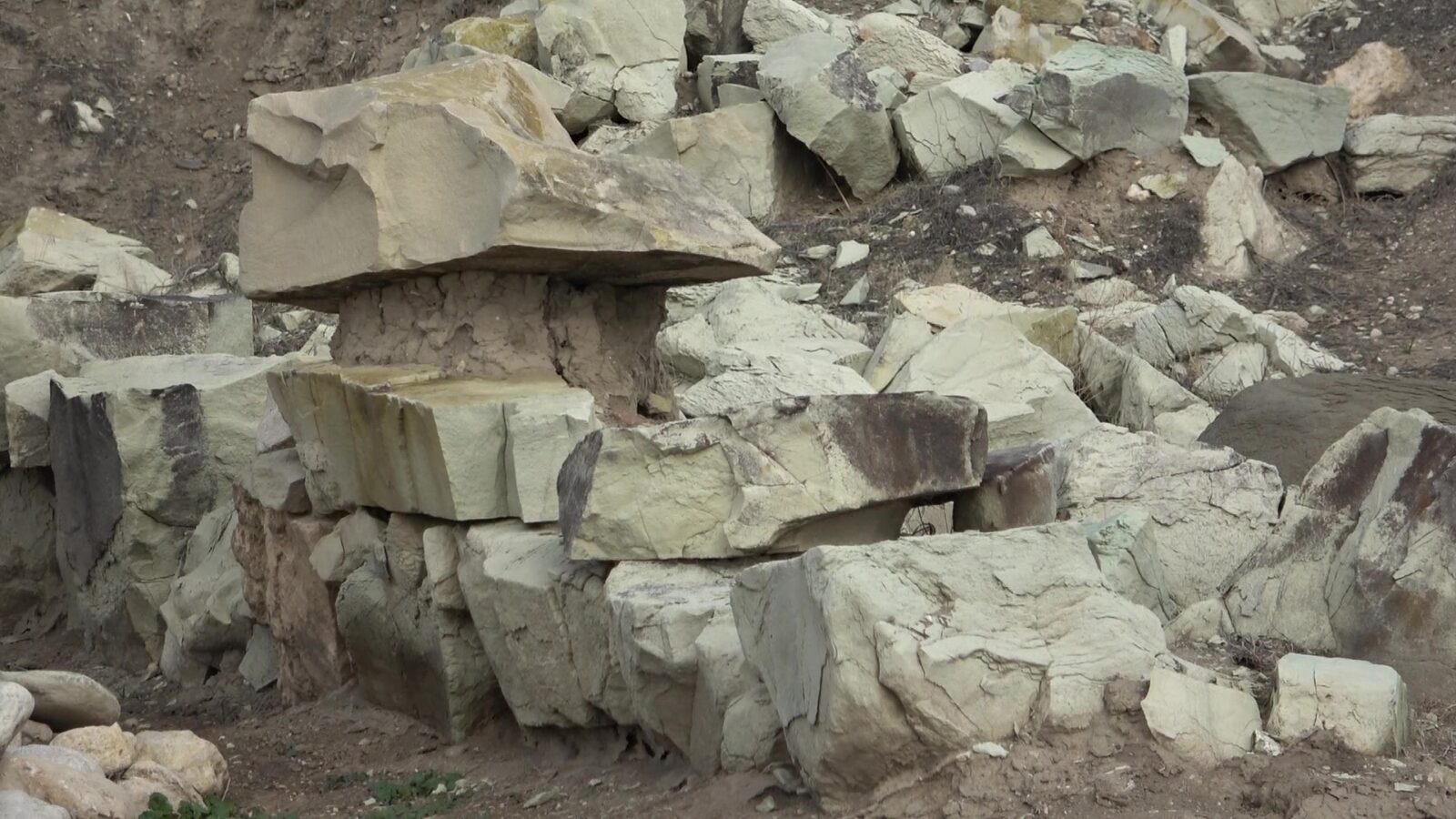
Preliminary findings indicate the same volcanic stones were utilized not only in the Hittite layer, dating back 3,500 years, but also in layers from the Phrygian, Median, Persian, and Hellenistic periods.
“The similarities between the stones at Oluz Hoyuk and the Dogantepe quarry are visually evident, pointing to a strong connection. Our next step involves detailed characterization and matching analyses in laboratories. The definitive results will be shared with the public soon,” said Donmez.
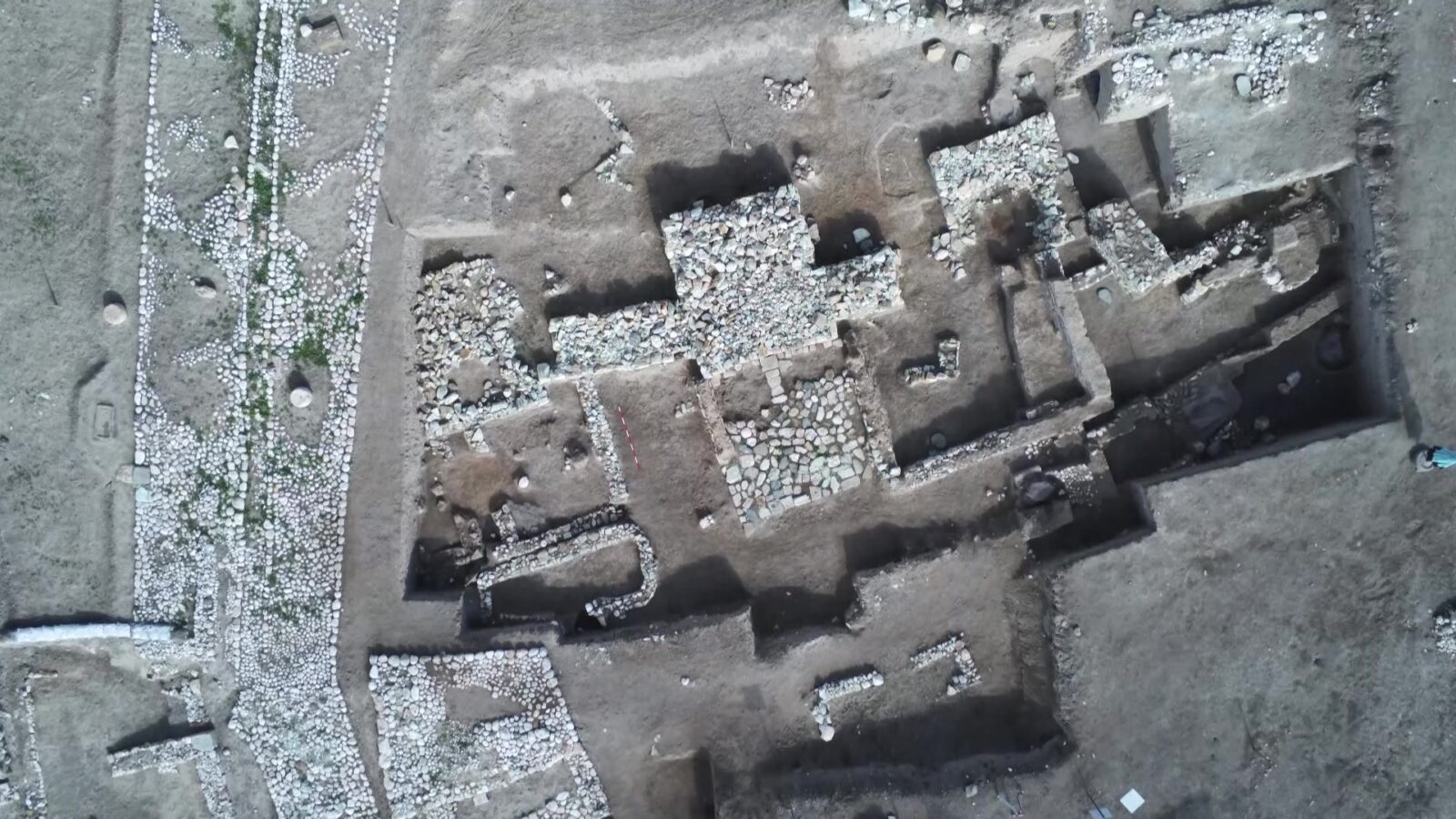
Fethi Ahmet Yuksel, an archaeogeophysics expert, noted that the stones were optimally utilized in the structures at Oluz Hoyuk. The excavation site, with a history spanning 6,500 years, reveals traces from the Chalcolithic period, Early Bronze Age, Assyrian Trade Colonies, Hittite, Phrygian, Persian, Median, and Hellenistic periods, along with evidence of the earliest Turkic communities in Anatolia.
These findings are part of the “HeritageTo TheFuture” project, initiated by Türkiye’s Ministry of Culture and Tourism, aiming to preserve and promote the country’s rich archaeological heritage.